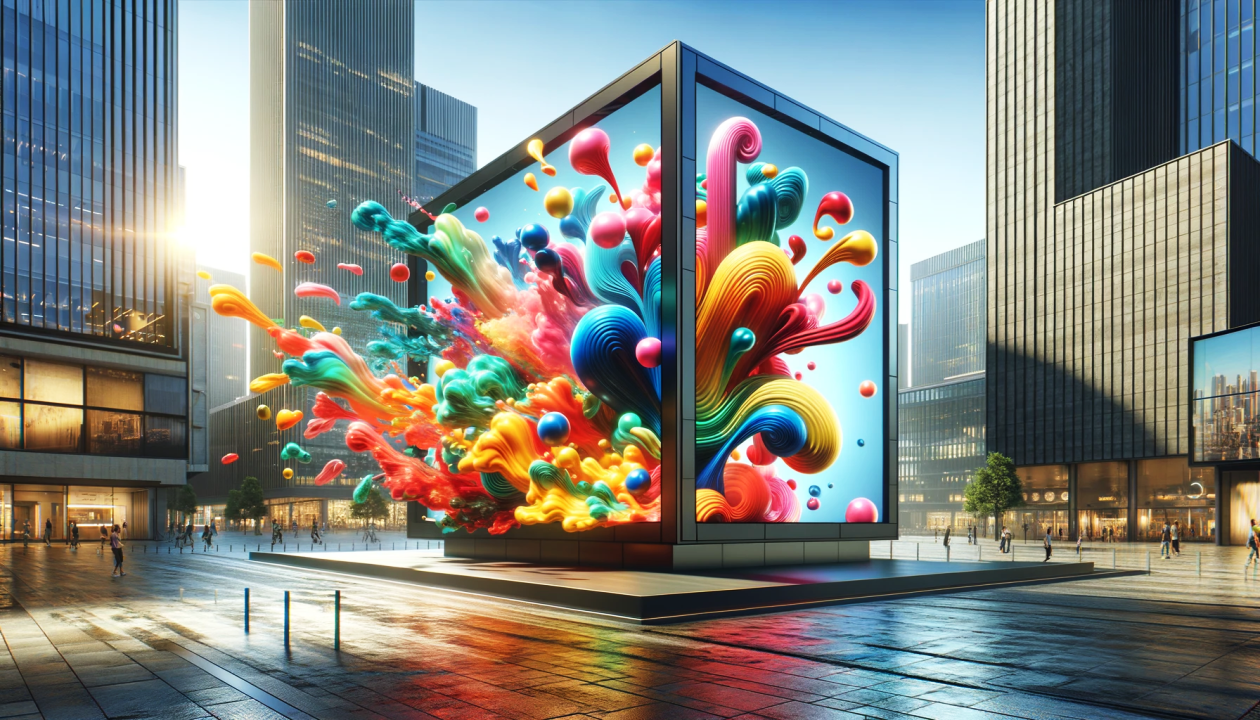02.08.2024
The advertising industry is changing with the arrival of an emerging trend that is capable of confusing audiences and straddling the line between the real and the imaginary: Fake Out of Home Advertising. The new strategy called FOOH or Fake Out of Home Advertising has demonstrated its potential in recent months and in this article we reveal the secret of its success and what we can expect from this new strategy.
What is FOOH advertising?
FOOH (Fake Out of Home) advertising refers to immersive advertising that uses innovative technologies to simulate spectacular outdoor marketing actions that appear real but are actually fake. Its use has become popular mainly in social networks and social media, achieving spectacularly visual content that well produced can generate an important virality factor.
Out-of-home advertising is a new form of advertising that combines traditional strategy with the latest in digital technology to achieve hyper-realistic but fictitious results that make the viewer doubt whether what they are seeing is real or imaginary. Thus, the key to the success of this recent technique lies in its hyperrealism.
By integrating creativity with advanced digital tools, a social debate arises about what is real and what is not, so that brands manage to be on everyone's lips and inevitably attract a large number of viewers. Therefore, FOOH is a valuable option when considering a marketing and advertising campaign.
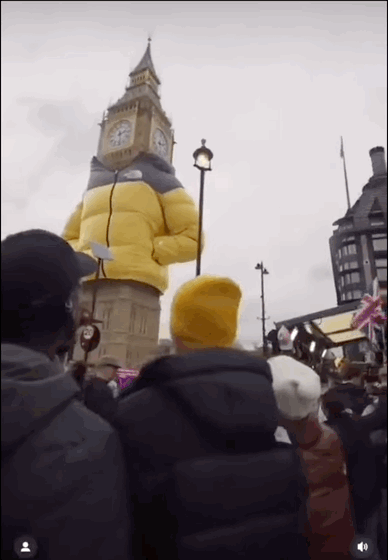
Operation of Fake Out of Home Advertising
FOOH advertising is governed by the execution of different technologies responsible for achieving the impacting result so desired by companies.
Mainly, FOOH advertising is based on the creation of videos that include computer generated images through CGI (Computer Generated Imagery) that allows the creation of detailed and realistic graphics that are integrated into these videos through detailed post-production to achieve a result that makes them look authentic. This technology is used in Fake Out Of Home Advertising to create scenarios and objects that are impossible to replicate in the real world for economic reasons, for example.
In addition, in recent months Artificial Intelligence (AI) has also become very important in the creation of this type of advertising content, especially when it comes to personalizing advertising experiences and analyzing user behavior, allowing campaigns to be adjusted in real time to improve their effectiveness.
Mainly, FOOH advertising is based on the creation of videos that include computer generated images through CGI (Computer Generated Imagery) that allows the creation of detailed and realistic graphics that are integrated into these videos through detailed post-production to achieve a result that makes them look authentic. This technology is used in Fake Out Of Home Advertising to create scenarios and objects that are impossible to replicate in the real world for economic reasons, for example.
In addition, in recent months Artificial Intelligence (AI) has also become very important in the creation of this type of advertising content, especially when it comes to personalizing advertising experiences and analyzing user behavior, allowing campaigns to be adjusted in real time to improve their effectiveness.
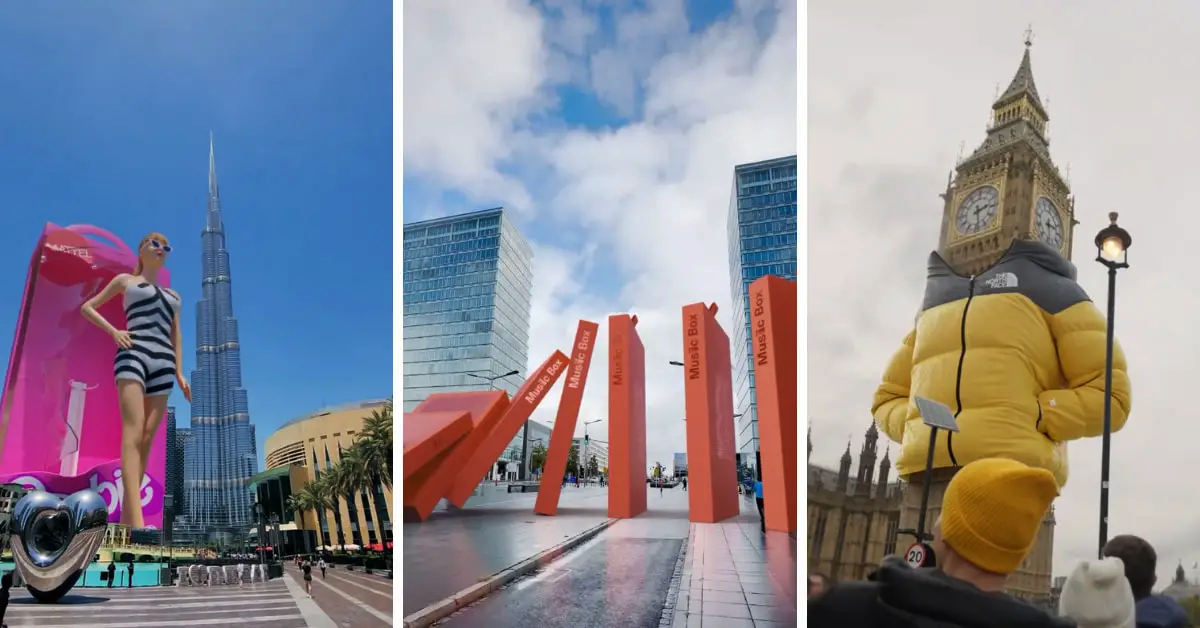
Advantages of digital advertising
Creative freedom
FOOH allows for unlimited creativity by avoiding the physical and logistical constraints of traditional OOH advertising. This means brands can design surprising and imaginative scenarios that would be too impractical to implement in the real world.
High participation and viral potential
These types of ads are designed to capture attention and arouse curiosity, often leading viewers to wonder whether what they are seeing is real or not. This element of surprise and surrealism in FOOH campaigns makes them highly compatible on social networks, so their likelihood of going viral and generating traffic increases considerably.
Profitability
In economic terms, if we compare the cost of out-of-home advertising with traditional advertising there are big differences. FOOH Advertising, unlike regular advertising, eliminates the need for physical locations, permits and production equipment. This allows brands to allocate their budgets more efficiently while achieving greater reach and impact.
User interaction and participation
The technologies used in FOOH, such as augmented reality, allow for greater user interaction and participation. This not only improves the user experience, but also strengthens the connection between the brand and the consumer.
One step further for OOH advertising
OOH advertising, also known as outdoor advertising, has been one of the most recurrent strategies of companies when it comes to advertising for years, to the point that walking down the street and not finding outdoor advertising is practically impossible. However, society is constantly reinventing itself in all areas, and advertising is no exception.
It is necessary to look for new strategies for advertising campaigns in order to have the maximum possible reach and attract global attention. Thus, new variations such as DOOH Advertising or FOOH advertising are made more attractive by the integration of the most advanced technology and their potential to revolutionize conventional advertising.
FOOH advertising emerges as a very attractive strategy because it achieves just that: the attention of millions of people through social networks and thanks to viralization, a key factor in the success of any advertising campaign.
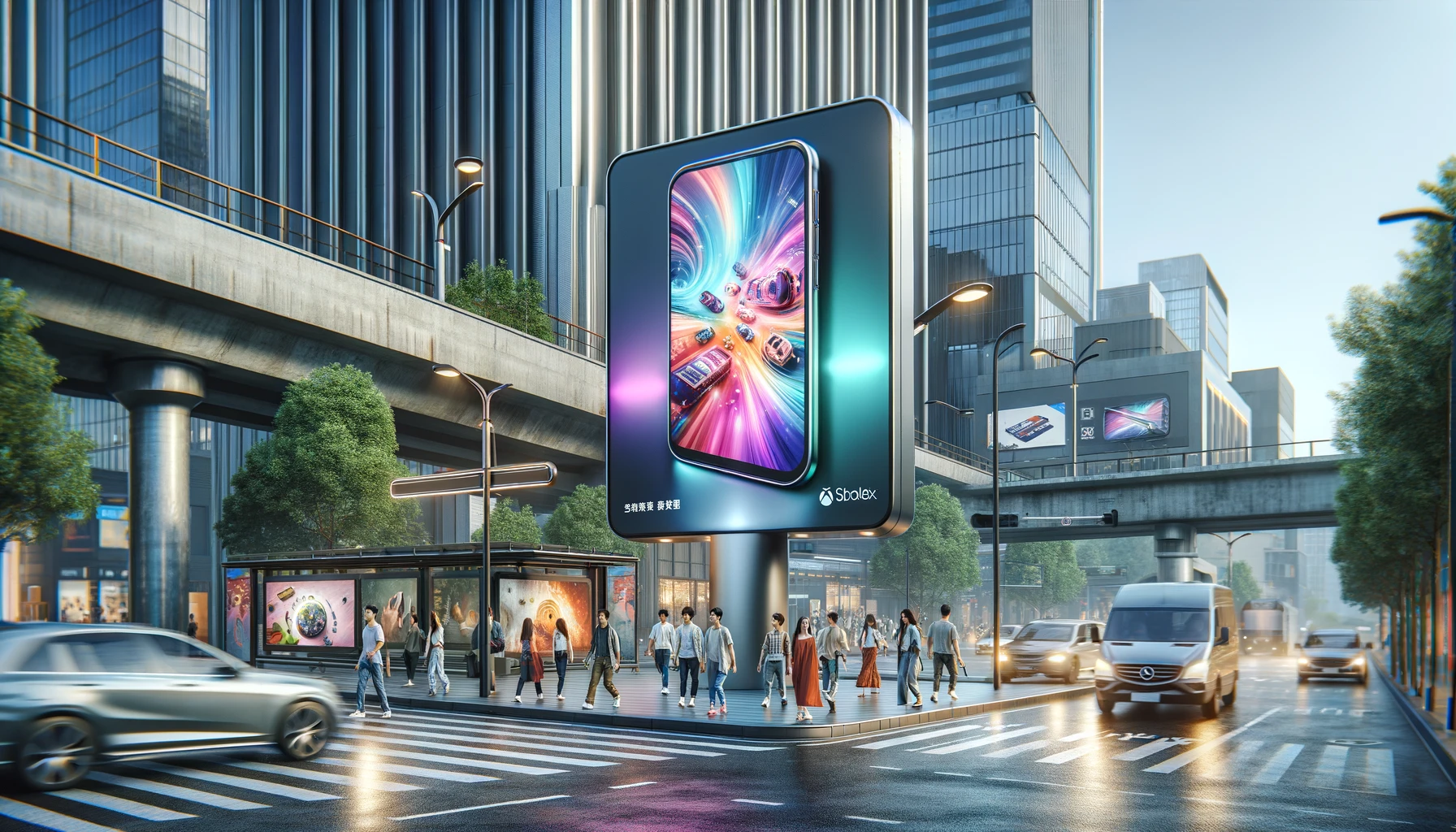
.webp)
Some Real Examples of FOOH Advertising
Mattel
To advertise the movie Barbie, one of the highest grossing movies in history, Mattel relied on FOOH advertising to reach as many viewers as the movie did in theaters. The campaign took place in the city of Dubai, where a giant version of the famous doll came to life, stepping out of her box and walking through the streets of Dubai. The result of the campaign was a success and reached the expectations of the brand, because it gave a lot to talk about in social networks due to its viralization.
Maybelline
One of the most well-known digital advertising actions was carried out by the cosmetics brand Maybelline. To advertise its famous Sky High mascara, the company worked with FOOH advertising so that there were mascara all over New York City and London and various means of transport such as the subway, passed their fictitious eyelashes through the mascara brush. As can be seen in the video, the campaign looked very realistic and, as a result, was shared by thousands of users who doubted whether it was real or not.
London Essence
The premium spirits brand focused its new London Distilled campaign on the strategy of simulated advertising, so that, thanks to the implementation of CGI technology, a bottle of London Essence came out of its advertising canvas to serve a drink transported by a car. This creative idea received a great reception on social networks and London Essence achieved the greatest reach.
Jacquemus
Jacquemus was one more of those who joined the FOOH advertising trend and, as usual, the result was much commented on social networks. The luxury brand turned its exclusive Bambino bags into the protagonists of the streets of Paris. Thus, a row of huge Bambinos replaced the cars and walked the streets of the city. Modeled entirely in 3D, they achieved that hyper-realistic look that had an effect on the users of the most important social networks.
What Can We Expect From Simulated Outdoor Advertising?
As you have seen, FOOH advertising is one of the most innovative advertising strategies of recent years and, like any strategy with a short history, it has certain risks and drawbacks. One of the main challenges that have arisen for FOOH advertising is the potential confusion it can cause among consumers by blurring the line between reality and fiction. To address this, campaigns will need to be clearly identified as virtual to avoid misleading viewers and maintain transparency.
Despite these obstacles, the future of Fake Out of Home Advertising is full of new promises that will refine the strategy. For starters, in relation to the evolution of technology, FOOH advertising will evolve accompanied by technologies such as augmented reality, virtual reality and artificial intelligence, which will achieve even more personalized and immersive experiences. Moreover, as technologies advance, the creative possibilities for digital advertising will also grow, so brands will be able to explore new formats and advertising approaches, creating unique and memorable experiences for consumers.
Brands that can navigate these challenges and take advantage of these opportunities will be well positioned to capture the attention and loyalty of consumers.
Are you interested in integrating FOOH advertising into your business? We can help you! Our team of specialists in interactive technologies will guide you from the conceptualization to the implementation of your projects. Don't miss the opportunity to stand out in the market and offer your customers a unique experience.
SIMILAR CONTENT

25.05.2022
Virtual Reality for Business | Uses and Examples of VR Technology
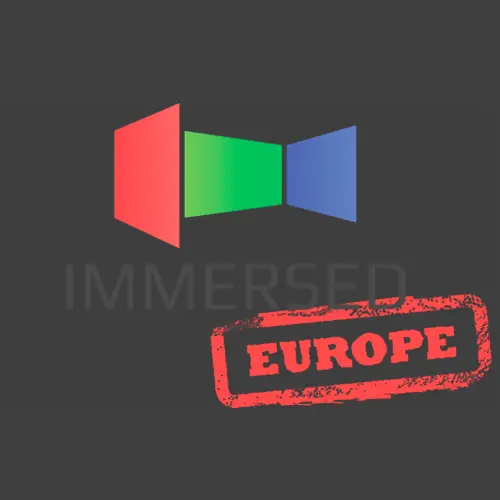
15.09.2015
New virtual reality projects

17.11.2022
Digital tourism | Immersive experiences to boost tourism









 RETURN
RETURN
